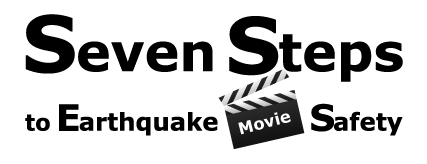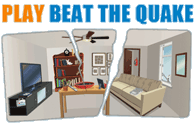Disaster movies are known for over-the-top destruction and larger-than-life heroism, and San Andreas has both! Fortunately the real earthquakes in California’s future won’t be anything as extreme as those in the movie.
Still, the damage to life and property caused by real earthquakes on the San Andreas (or other major faults around the world) can be extensive, and can happen at any time. Yet there is much we can do now to be better prepared to survive and recover quickly!
The links and information on this page tell the real story about earthquakes, provide guidance on how to get prepared, and explain what San Andreas got right (and what it got wrong).
Disaster movies are all about edge-of-your-seat thrills and harrowing escapes, with little concern for what might happen in the real world. So while San Andreas gets a lot right, it also gets a lot wrong, as follows:
Earthquake Safety
- The scene where the crowd is told to get next to the outside wall of the baseball stadium to avoid a crumbling building across the street is NOT correct. Getting next to a wall is advised ONLY when you are inside a building and there is nothing to get underneath for shelter. When outside it is important to move to an open area, as debris falling off of buildings will land close to walls. Dwayne Johnson’s character says that this advice to get next to “something sturdy” is called the “triangle of life,” which refers to a broadly debunked theory about what to do when inside a building.
- By focusing on downtown Los Angeles and San Francisco, with only brief aerial views or scenes elsewhere, the movie depicts the experiences of less than 2% of the people who will experience strong shaking in these earthquakes. While most people won’t be dealing with falling skyscrapers, their dangers are just as real. Most people get injured (or die) during earthquakes from falling objects (furniture, TVs, etc.) than by collapsing buildings. (Of course the movie would be far less entertaining if The Rock were saving people from 10,000 tipping bookcases!) Fortunately, these objects can be secured in place to prevent them from falling.
- Fires following these earthquakes would be a much bigger and broader issue than shown in the movie. In the much smaller M7.8 “ShakeOut Scenario” earthquake scenario for southern California, more than 1600 fires are projected to start, some becoming superconflagrations.
Earthquake Science
- The San Andreas fault is not long and deep enough to have a magnitude 9 or larger earthquake as depicted in the movie. The largest historical earthquake on the northern San Andreas was the 1906 magnitude 7.9 earthquake. In 1857 the Fort Tejon earthquake occurred on the southern San Andreas fault; it is believed to have had a magnitude of about 7.9 as well. Computer models show that the San Andreas fault is capable of producing earthquakes up to about magnitude 8.3.
- Earthquake prediction is not yet possible. Magnetic and electric signals, strain meters and even animal behavior have been studied without success. Yet scientists are working on many aspects of improving our understanding of earthquakes and use this undertanding to create long-term forecasts
- The fictional magnitude 9.6 that devastates San Francisco would be 90 times more intense overall than the largest earthquake possible (“only” a magnitude 8.3) on the San Andreas fault!
- Shaking from even the largest possible San Andreas fault events will not be felt on the east coast, as described in the movie.
- For the of magnitude 9.1 and 9.6, earthquakes in the movie, the actual shaking shown is over far too soon (it should last 6-10 minutes), and doesn’t shake strongly enough (people can walk, run, and drive). The shaking also does not depict how earthquakes typically have an initial sharp jolt and then are followed a few seconds (possibly up to 30 seconds) later by more violent shaking. Here is a simulation of how long the ground will shake throughout southern California for only a M7.8 earthquake:
- Faults do not split apart during earthquakes as shown in the movie. The ground on the two sides of the fault slide past each other, they do not pull apart. Narrow crevices may form due to bends in the fault or in regions with very strong shaking.
- The scene in central California with the chasm along the fault has another error; the San Andreas is shown as having moved to the left (‘left-lateral’) but in reality the motion on the fault is “right-lateral” along its entire length. Looking from the North American plate side, the Pacific plate is very gradually moving to the northwest, towards Alaska.
- The plate boundary between the North American and Pacific plates does not go through southern Nevada as suggested in the movie. The plate boundary location along the San Andreas fault is well established, including through the use of GPS instruments that record the slow movement of the plates.
- While a magnitude 7+ earthquake in Nevada is possible (events this large have occurred in central Nevada in the 20th century), there is no direct connection between faults in Nevada and the San Andreas fault. Such a connection is not needed for the Nevada earthquake to trigger the much larger San Andreas earthquake.
Tsunami Science
- The San Andreas fault cannot create a big tsunami, as depicted in the movie. While a part of the fault near and north of San Francisco is offshore, the blocks on either side of the fault slide past each other horizontally; this will not cause significant vertical motion of the ocean floor that pushes up water, as need to cause a damaging tsunami. Local tsunamis might be generated along the California coast, if the shaking from an earthquake on the San Andreas fault triggers underwater landslides or if there is slip on a smaller offshore fault. In contrast, the Cascadia Subduction Zone, north of the San Andreas fault system does generate very large earthquakes that have caused large tsunamis.
- Many of the characteristics of the tsunami portrayed in the film are done for dramatic effect and are inaccurate. For example, a tsunami would not form a plunging breaker of that size in shallow water near the coast and the water levels do not stay in place upon arrival, they would continue to swirl and be very active and then drop back to the original sea level. Also, tsunami events typically have multiple waves, and the first is not always the largest.
Earthquake Engineering
- The strength of ground shaking and the widespread collapse of buildings depicted in the movie San Andreas is unrealistic. Modern building codes are designed to prevent buildings from collapsing during an earthquake. However, many older buildings were built prior to the establishment of modern building codes and they might collapse during prolonged, severe ground motions. If an earthquake occurs while you are in a multi-story building, you should not panic, but should Drop, Cover, and Hold On to protect yourself from injury.
Compared to many disaster movies, San Andreas got a lot right in terms of earthquake safety messages and earthquake science! Here are some examples:
Earthquake Safety
- The globally-advocated “Drop, Cover, and Hold On” message for self-protection during earthquakes is strongly promoted throughout the movie.
- People running or trying to exit buildings are shown getting injured, which is quite common during earthquakes.
- The reactions of people in the movie are fairly realistic: some run while others are frozen in fear, yet some help others and most act rationally (being afraid is not the same as panicking).
- The movie demonstrates that previous training first aid, knowing how to how to “Drop, Cover, and Hold On,” checking for injuries, having a backup plan, and knowing how tsunamis often start by water receeding… are all very useful knowledge during and after a real earthquake!
- Cell phones are shown to not work after the earthquake, with non-powered landlines remaining operational (however this may not last long either). Texting may work even better, and takes less bandwidth on networks, so Text First, Talk Second!
- The depiction of official Tsunami warning radio broadcasts and the use of sirens in San Francisco demonstrates how scientific information (delivered at the right time and in the right way) can save lives.
Earthquake Science
- Dr. Lawrence Hayes gives a decent review of major earthquakes in the past and the role of tectonic plates of the Earth’s crust. His description of the San Andreas fault as the plate boundary between the North American and Pacific Plates is correct. He also is correct that big earthquakes have lasted up to 11 minutes.
- The sequence of earthquakes triggering earthquakes in other areas is very realistic and has happened in California many times. Scientists classify “triggered” earthquakes differently from “aftershocks,” which are smaller earthquakes within the area of the “mainshock.”
Tsunami Science
- The hero’s recognition of the onset of a tsunami event was portrayed well. Water levels do sometimes drop/retreat prior to the arrival of a tsunami and it is important to take action to seek safety after recognizing these signs. Vertical evacuation, as shown in the film, is a good response.
For more facts, see our Frequently Asked Earthquake Questions.
We can’t prevent earthquakes from occurring, but there are simple and effective things we can do to prepare now, so we can survive, reduce losses, and recover afterwards. By following the Seven Steps to Earthquake Safety we can get our lives back to normal more quickly. Many aspects of these steps were portrayed in San Andreas.
Before the next big earthquake, completing these steps will make you, your family, or your workplace better prepared to survive and recover:
| Step 1: Secure your space by identifying hazards and securing moveable items. |
|
| Step 2: Plan to be safe by creating a disaster plan and deciding how you will communicate in an emergency. |
|
| Step 3: Organize emergency supplies in convenient locations. |
|
| Step 4: Minimize financial hardship by organizing important documents, strengthening your property, and considering insurance. |
During the next big earthquake, and immediately after, is when your level of preparedness will make a difference in how you and others survive and can respond to emergencies:
| Step 5: Drop, Cover, and Hold On when the earth shakes. An excellent way to practice is to participate in the global Great ShakeOut Earthquake Drills, when you can rehearse quake-safe actions with millions of others. It takes 1 minute to practice and is free! |
|
| Step 6: Improve safety after earthquakes by evacuating if necessary, helping the injured, and preventing further injuries or damage. |
After the immediate threat of the earthquake has passed, your level of preparedness will determine your quality of life in the weeks and months that follow:
| Step 7: Reconnect and Restore Restore daily life by reconnecting with others, repairing damage, and rebuilding community. |







